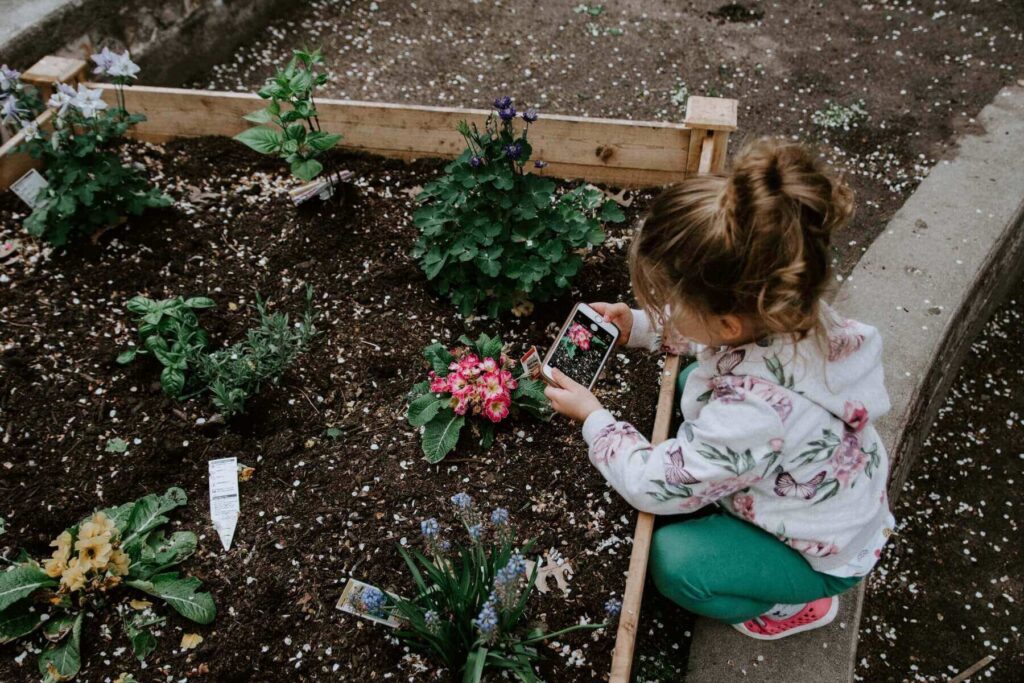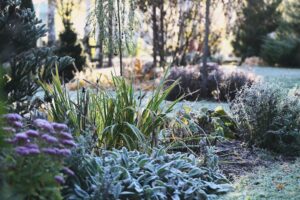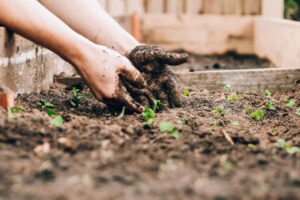
All plants need different conditions to grow well, so understanding your soil type helps decide what is the best soil for plants to grow to their full potential in your garden. Soil can have a very different PH, depending on lots of different factors, making it either acid or alkaline. In this handy blog we’ll discuss the best soil for plants to grow in and what you should consider planting based on your soil type.
What’s the best soil for plants?
Generally speaking, the best soil for plants to grow in is called Loam. This is a mixture of roughly 40% sand, 40% silt, and 20% clay. This particular soil is just right for holding nutrients, storing water, and draining well while allowing oxygen to penetrate.
Types of soil
When it comes to soil it’s important to know what type you have in your garden. Any soil with a PH below 7.0 is acidic, and any above 7.0 is alkaline. You can buy a kit to test, but even some quick detective work will steer you on the right path. Have a look at which plants are growing and doing well in your garden, or even in your neighbour’s patch. If there are blooming rhododendrons and camellias, it’s likely you have acidic soil, and if geraniums, foxgloves and lavender are thriving then a more alkaline base is probably playing a part.
Look too at the texture and consistency of the soil in your garden. This can help you make some decisions about what plants will grow best. In general, there are six key soils:
Clay
This type of soil will be claggy and clumpy in appearance and when you come to dig it over. It offers poor drainage too. Plants which do well in clay soil include evergreens, asters, shrubs and some vegetables. If you have clay soil, you can read our blog on how to improve clay soil here.
Sandy
Sandy, loose soils that don’t bind well offer good drainage but will be quick to dry out. This means they have little or less nutritional value – as it washes away! Sandy soils suit tulips, carrots and parsnips.
Silty
This soil tends to be soft and slippery. It compacts easily so is perfect for anything that loves moisture – shrubs, grasses and trees including willows. If you’re struggling with drainage, you can improve your silty soil with organic matter.
Peaty
This type is spongy and has a darker colour. It suits most vegetables along with shrubs such as rhododendrons and camellia.
Chalky
Chalky soil is stony and offers good drainage. It suits trees, shrubs and bulbs. Vegetables including spinach and cabbage also grow well.
Loam
And of course, we have Loam soil. This is the gold standard for gardeners as it has the combination of sand, silt, and clay which can help with nutrient and water retention as well as helping with drainage.

The best soil for flowers
The best soil for flowers depends on what type of flower you are planting. For example, a flower bulb would be best planted in a sandy loam soil as this has good drainage to prevent the bulb from rotting. If you are planting a flower bed it’s a good idea to use a mixture of compost, peat, and topsoil to help give the flowers all the nutrients they need. A general mix ratio of 1:1:1 would be best for this.
Best soil for plants conclusion
Once you’ve identified the soil type you have you can start to plan which plants will work best in your garden. You may need to consider the aspect of your garden too; take a look at our best plants for east-facing gardens blog. The old adage of ‘right plant, right place’ will help your garden become a successful and rewarding space. So do your research and plan well, and you’ll enjoy your garden at its full potential.
Soil and Compost from Earth Cycle
If you are looking for the best soil for plants in your garden or landscaping project, Earth Cycle has a range of topsoils and compost for sale to help you create the right growing conditions for your garden or outdoor space. Order online today for curbside delivery.



